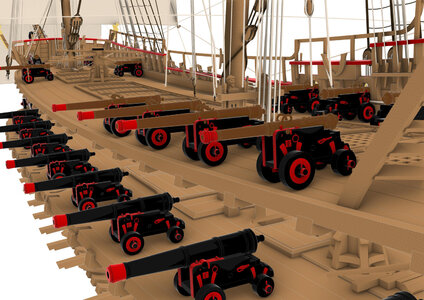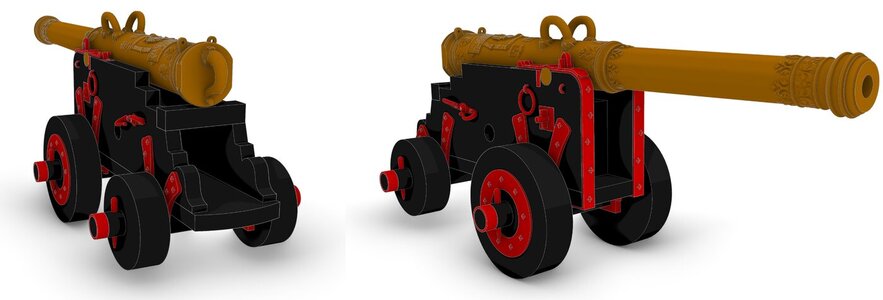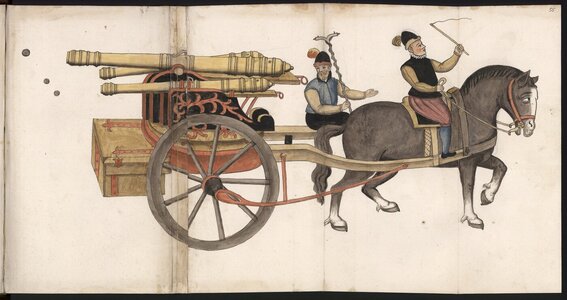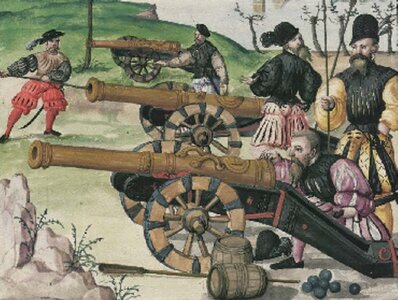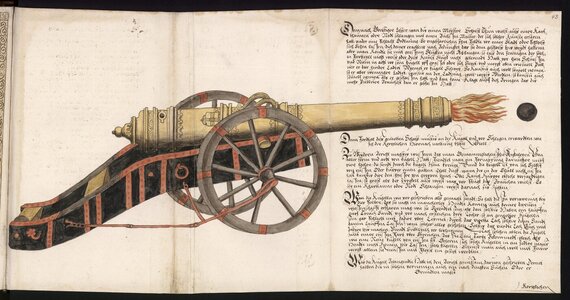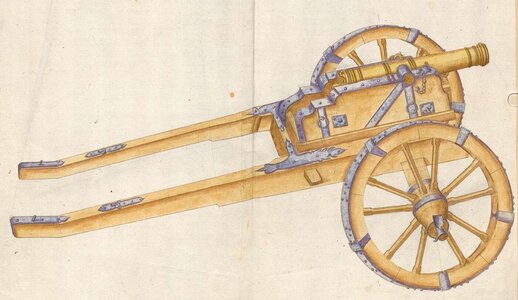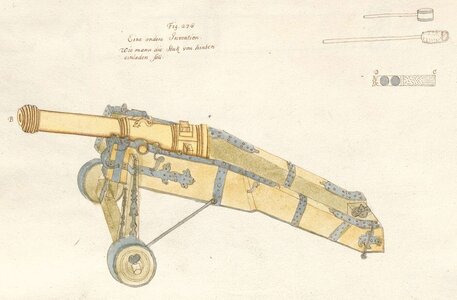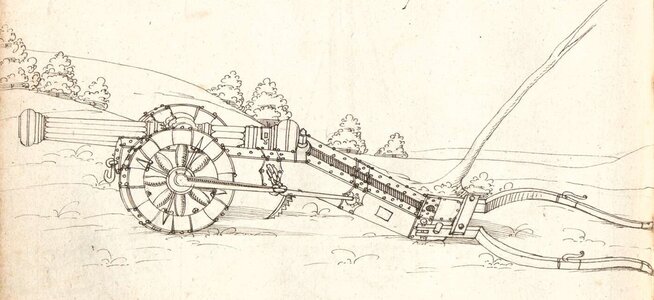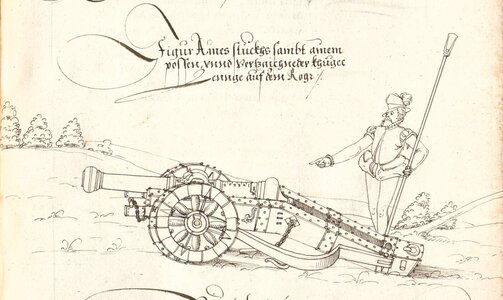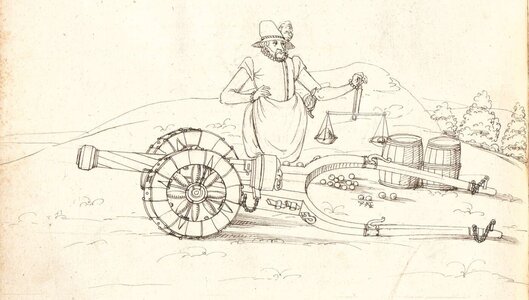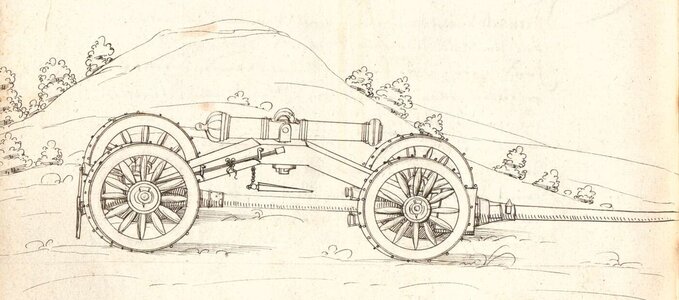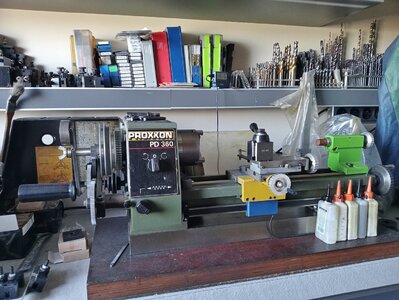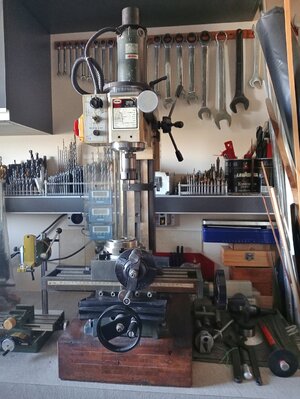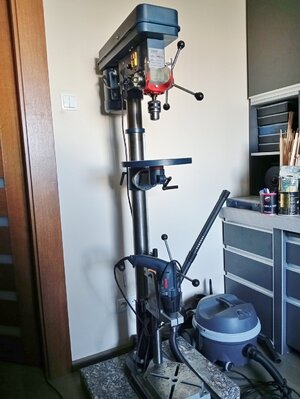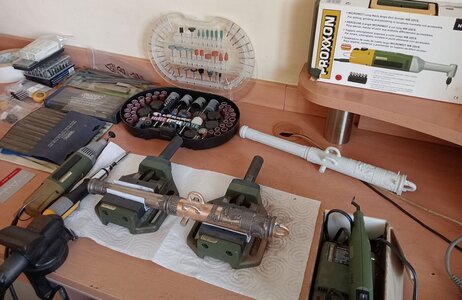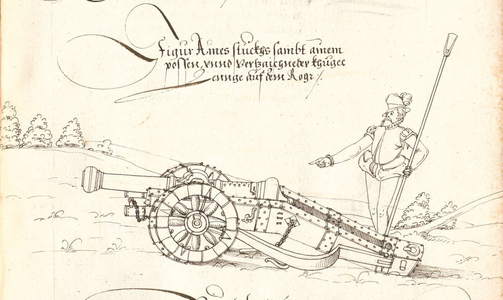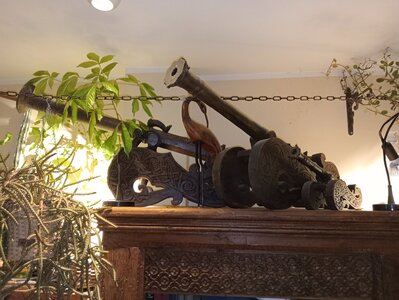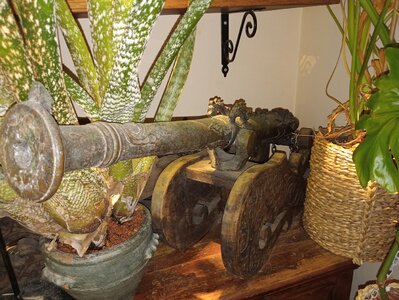.
It can be said that this project started over twenty years ago. At that time, I travelled to Oudeschild on the island of Texel in the Netherlands to personally examine and measure a gun barrel from 1554. It was almost certainly cast in the then very active gun-foundry operating in Vilnius by a gun-founder of German origin, Hans Seber (or one of his assistants).
Photographs of the gun barrel, kept at the Museum Kaap Skil, in its present state (note: the wooden carriage, also visible in the photos, is a present-day, rather makeshift construction and will not be reproduced):
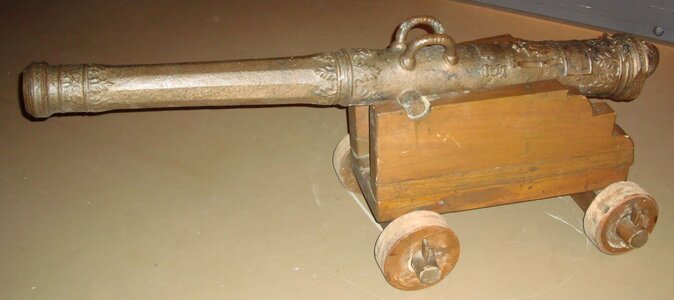
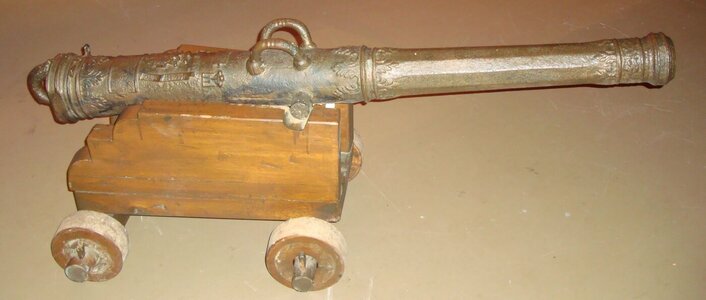
Documentation produced, based on visual inspection and detailed measurements:
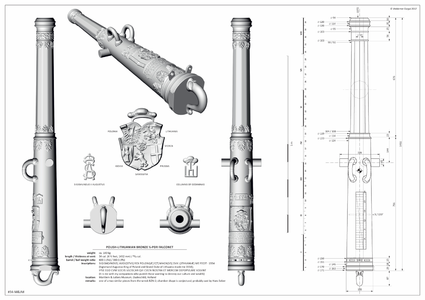
Render of the 3D model:
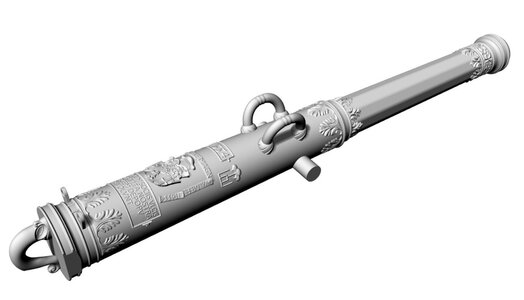
3D print and bronze casting of the gun barrel model (length ca. 35 cm, weight 2.2 kg):
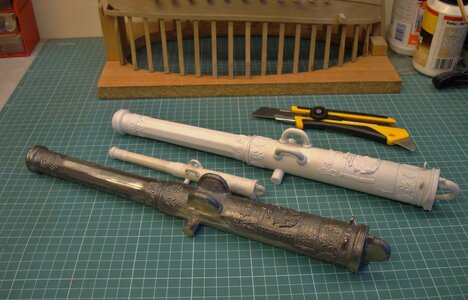
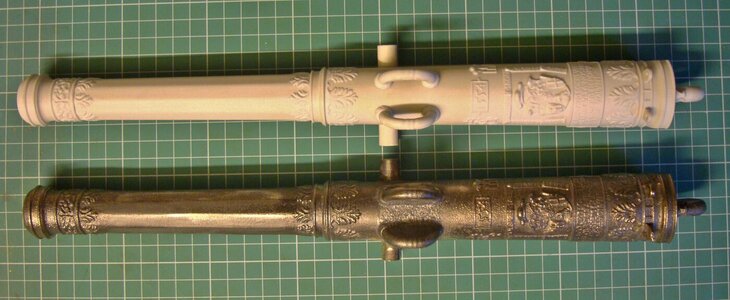
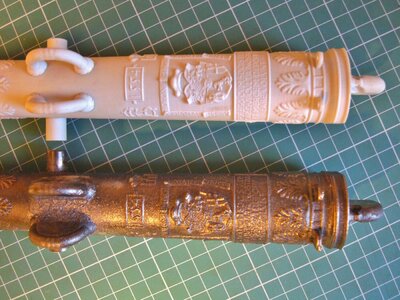
The bronze casting of the gun barrel model is in its raw state and still needs a lot of finishing work.
.
Last edited:





